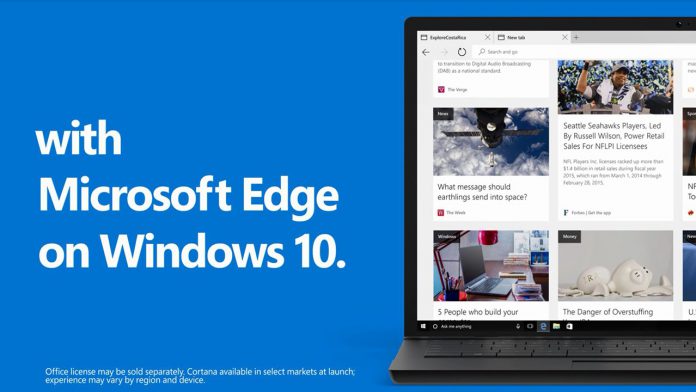That puts the overall figure at 22.2% and marks the largest decline since January. It follows a five-month slow down in losses, though it’s difficult to speak to the accuracy of short-term data. On average, however, Edge and IE seem to be losing market share of close to a percent each month. As Microsoft halts development for Internet Explorer, it appears users are heading to competitors rather than its new offering. While Google Chrome is still the most popular by far at 60% of user share, last month it fell by two-tenths of a percentage point. Safari capitalized on those losses with a growth of 0.2%, but the most growth came from the “other” category, which went up almost a whole point. Firefox, meanwhile, is even less popular than Microsoft Edge, sitting at 12% but up from just 7.69% a year ago.
Marketing Efforts
It seems, then, that despite Microsoft’s marketing efforts, users aren’t seeing the value in its browser. The company has consistently said that it has the best battery life on the market, despite evidence to the contrary. It’s even been pushing battery warning notifications to users on Chrome via Windows 10. It’s difficult to say if that was responsible for the slowing of Edge’s decline, but its clear even Windows 10 users are jumping ship. As Computerworld’s Gregg Keizer points out, Edge accounted for 39% on the OSes release but fell to 20% last month. Part of that could be due to the browser’s reliance on Windows 10 updates, which Microsoft has no intention of changing. Many users simply can’t wait months for the browser to implement features its competitors have had for years. However, with the Fall Creators Update just around the corner, it’s possible Edge usage will spike once more. Microsoft could yet recuperate many of its recent losses, at least for a time.




